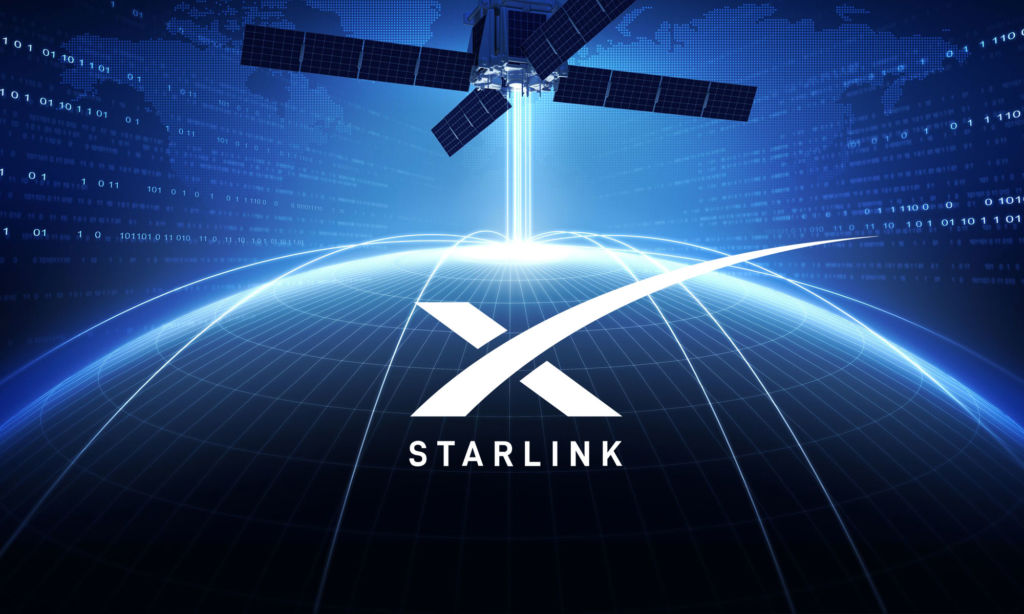
Starlink satellite internet is 31 times worse for the environment than terrestrial alternatives
Long-term environmental damage from the satellite Internet will continue, as satellites are designed to burn up in the Earth's atmosphere in four to five years
Satellite Internet services are likely to become the segment that will drive human development in the coming years. But the convenience comes at a significant environmental cost. Already, satellite Internet is ten times more environmentally damaging than terrestrial alternatives, and in the next five years it will be almost a hundred times worse for the environment.
Commercial broadband satellite Internet is currently provided by companies such as SpaceX Starlink, Eutelsat OneWeb, and Amazon Kuiper. Smartphones from key manufacturers such as Huawei and Apple already offer satellite communications.
The space race, caused by the massive launches of thousands of satellites, leads to a much larger amount of rocket fuel combustion products and rocket residues entering the atmosphere.
The largest satellite constellations currently have this number of satellites:
- Amazon Kuiper (3236 satellites);
- OneWeb (648 satellites)
- SpaceX Starlink (4425 satellites).
An analysis conducted by researchers from the United States and the United Kingdom found that the carbon footprint of each satellite constellation is already 14-21 times higher than the emissions of terrestrial Internet channels per subscriber.
Moreover, in the next five years, the potential for environmental pollution by these groups will increase tenfold. When the authors of the study considered the possible impact of additional rocket launching agents such as soot, aluminum oxide, and water vapor exhaust, they estimated that the carbon footprint per subscriber could increase 31-91 times compared to ground-based alternatives.
In the baseline scenarios, the researchers calculated the carbon dioxide equivalent per subscriber (CO2 equivalent) over five years:
- 0.70 ± 0.34 tons for Amazon Kuiper;
- 1.41 ± 0.71 tons for OneWeb
- 0.47 ± 0.15 tons for Starlink.
However, in the worst-case emissions scenario, these values increase to:
- 3.02 ± 1.48 tons for Amazon Kuiper;
- 1.7 ± 0.71 tons for OneWeb
- 04 ± 0.33 tons for Starlink
The lowest environmental damage values of SpaceX’s Starlink satellite Internet do not mean that it uses any environmentally friendly technologies. Such low numbers are a statistical trick, as this satellite grouping has the largest number of subscribers. That’s why our emissions per subscriber are the lowest among our competitors.
But Amazon’s upcoming Project Kouiper could have the worst impact on emissions of the three, in part because it is expected to use Europe’s new Ariane 6 rocket system to launch its first satellites in 2024.
Unlike the SpaceX Falcon 9 rocket used by Starlink and Eutelsat’s OneWeb satellites, the Ariane 6 rocket system will use solid propellants that emit much larger amounts of particles such as aluminum oxide.
Long-term environmental damage from the satellite Internet will continue, as satellites are designed to burn up in the Earth’s atmosphere in four to five years. New satellites will need to be launched to replace them, and the carbon footprint of the satellite constellation will increase even more.

